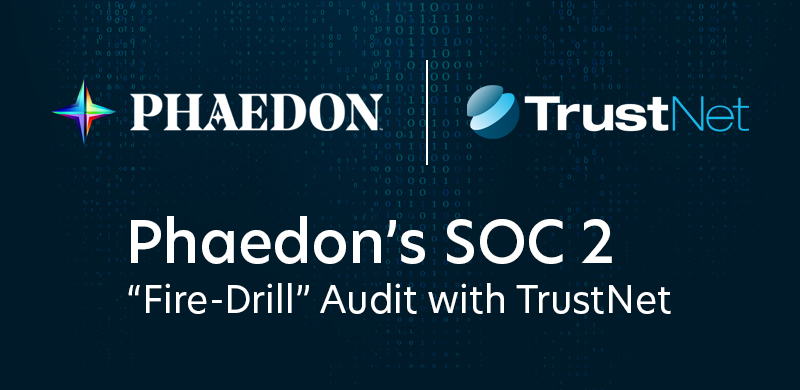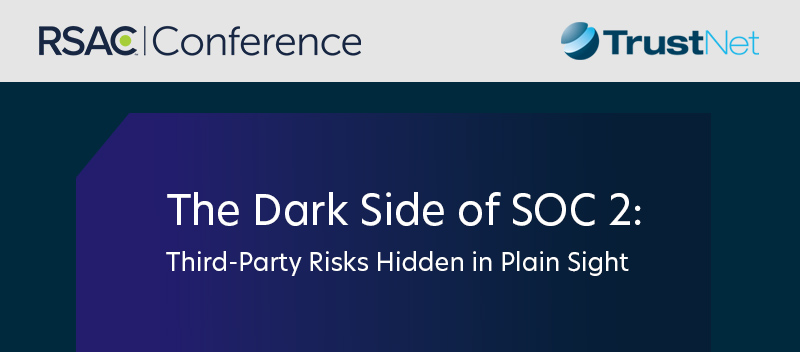
It is easy to become lost in a sea of terms when it comes to protecting your company’s data. A particularly relevant case in point is cybersecurity vs information security. Although they sound similar, there are definitely factors that set these two apart from each other as well as commonalities they share.
Information Security Explained
For our purposes, information is synonymous with data, and it is the confidentiality, integrity and availability of the data you store with which information security (infoSec) concerns itself. The overarching duty of an infoSec specialist is to ensure that data of all kinds, whether it is written on paper, kept locally on a company’s computer hard drives or stored online in the cloud by the organization or a third party, is protected from unauthorized access, disclosure, use, disruption, recording, modification or destruction. When considering information security vs cybersecurity, you can think of the former as an umbrella term that refers to systems, technology, protocols and procedures that are designed and implemented to secure assets and protect an organization’s network from breaches.
Cybersecurity Explained
There is a definite difference between cybersecurity and information security. If infoSec is an overarching term for safeguarding all data, cybersecurity involves the specific steps an organization takes in protecting electronic or digital information from threats. The realm of cybersecurity includes networks, servers, computers, mobile devices and programs. In order to mount a robust cybersecurity defense, it is important to learn the facts about the nature and location of all critical data so that the professionals on your security team can put the tech in place that will minimize your threat risk and quickly address breaches and attacks should the worst case scenario occur.
Diving even deeper into terminology, we should also examine the concepts of cybersecurity vs it security. To clarify, you can think of network IT security as a subset of cybersecurity. It pertains to defending your organization’s information technology infrastructure from the myriad of threats that threat actors employ. These include but are not limited to the following:
- Viruses and worms
- Hacker attacks
- Denial of service attacks
- Spyware and adware.
Protection mechanisms include firewalls, anti-virus software packages, virtual private networks (VPN) and intrusion detection and prevention systems. The combination of hardware and software that your security team implements can enable you to develop a system of understanding and protecting against threats to your cyber infrastructure.
Where Information Security and Cybersecurity Meet
One relates to physical access while the other concerns damage, loss or compromise of data due to human error, system glitch or malicious attack. In both cases, however, the integrity of the information is the top priority and at the center of all proactive and reactive work done by third-party professional consultants as well as incident response team members and other stakeholders within the organization itself. As the importance of both facets of data protection becomes apparent to management teams and investors alike, organizations are increasingly seeking cybersecurity experts who also have an understanding of the science of physical data protection.
Develop a Security Framework
Any top-of-the-line information security platform requires a governance framework to ensure that the system you are developing is in accordance with the company’s mission, objectives and goals. Furthermore, this structure sets forth the roles and responsibilities of all stakeholders to ensure that compliance benchmarks are met. Most companies use what is known as the confidentiality, integrity and availability (CIA) triad to guide the protocols they enact. This includes:
- Confidentiality. Information is inaccessible to unauthorized parties, generally through encryption.
- Integrity. Information is accurate and trustworthy and is protected from unauthorized modification.
- Availability. Information is accessible to authorized personnel when they need it and all hardware and software are properly maintained and upgraded.
Since goals and expectations are clarified and assigned, the CIA triad also helps to hold all team members accountable for the vital parts each plays in maintaining the data protection infrastructure.
Information security, including the subset of cybersecurity, is all about preserving the confidentiality, integrity and availability of data. A comprehensive security system must make information protection its primary objective. By doing so, the brand, its financial stability and the data it holds can be made as safe as possible.




